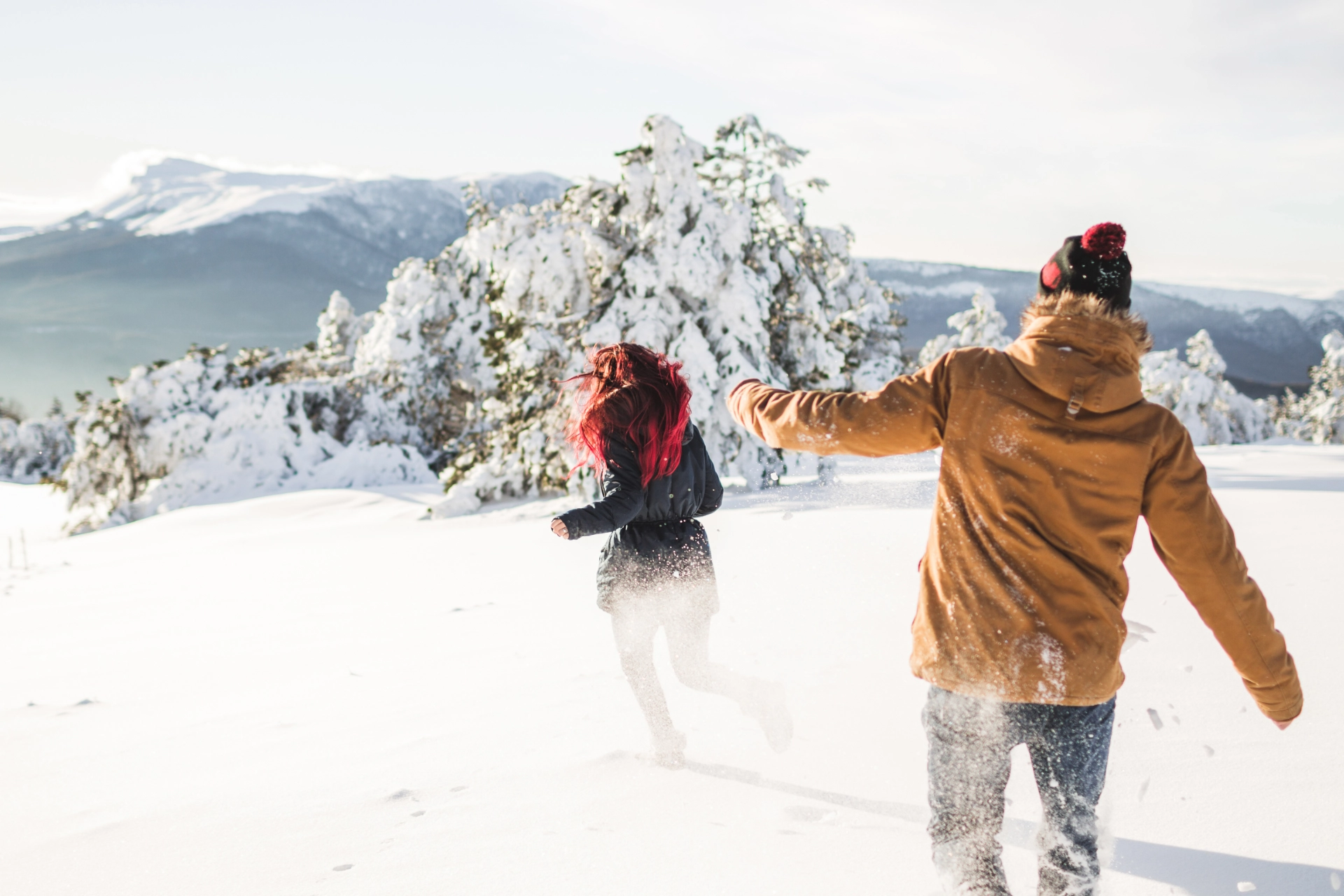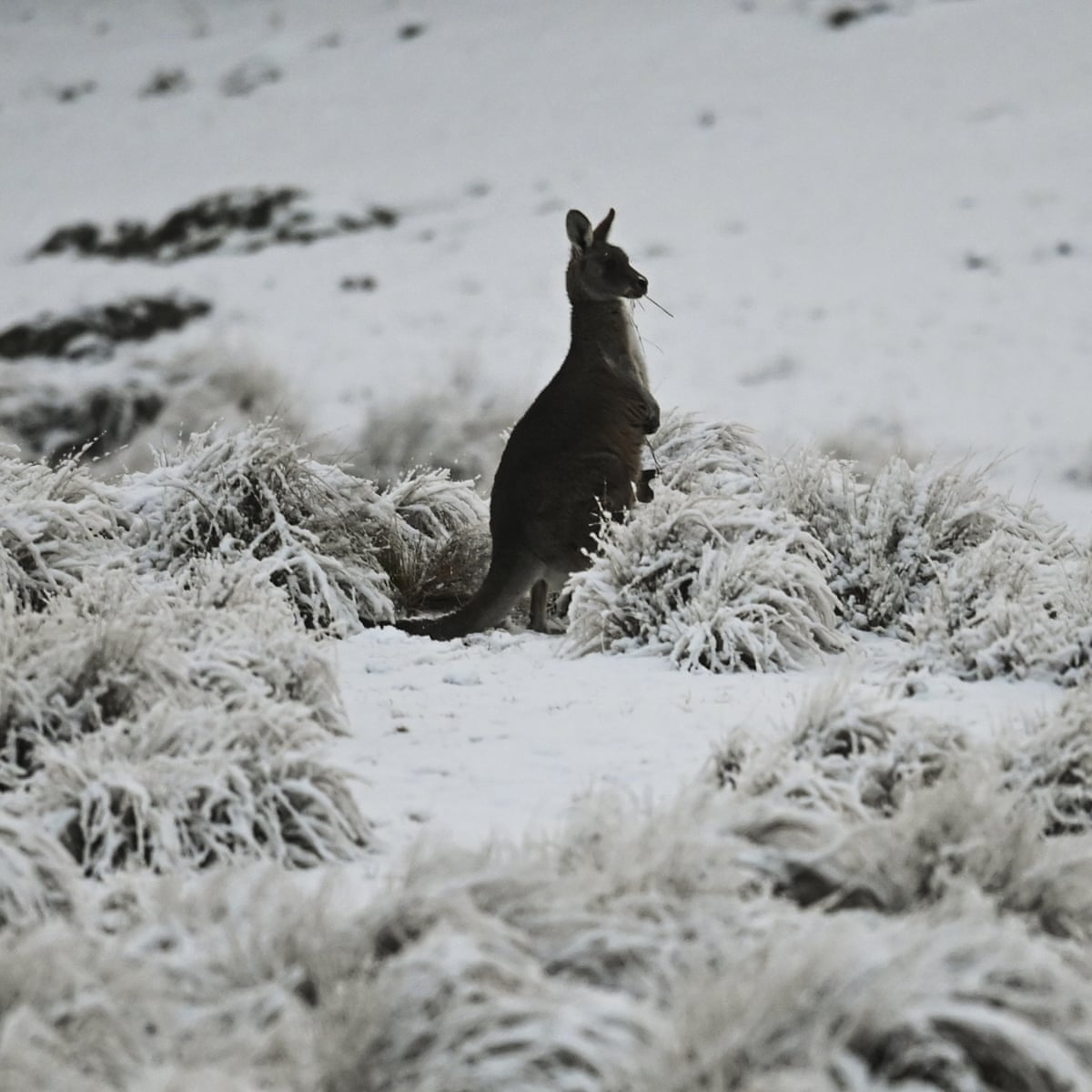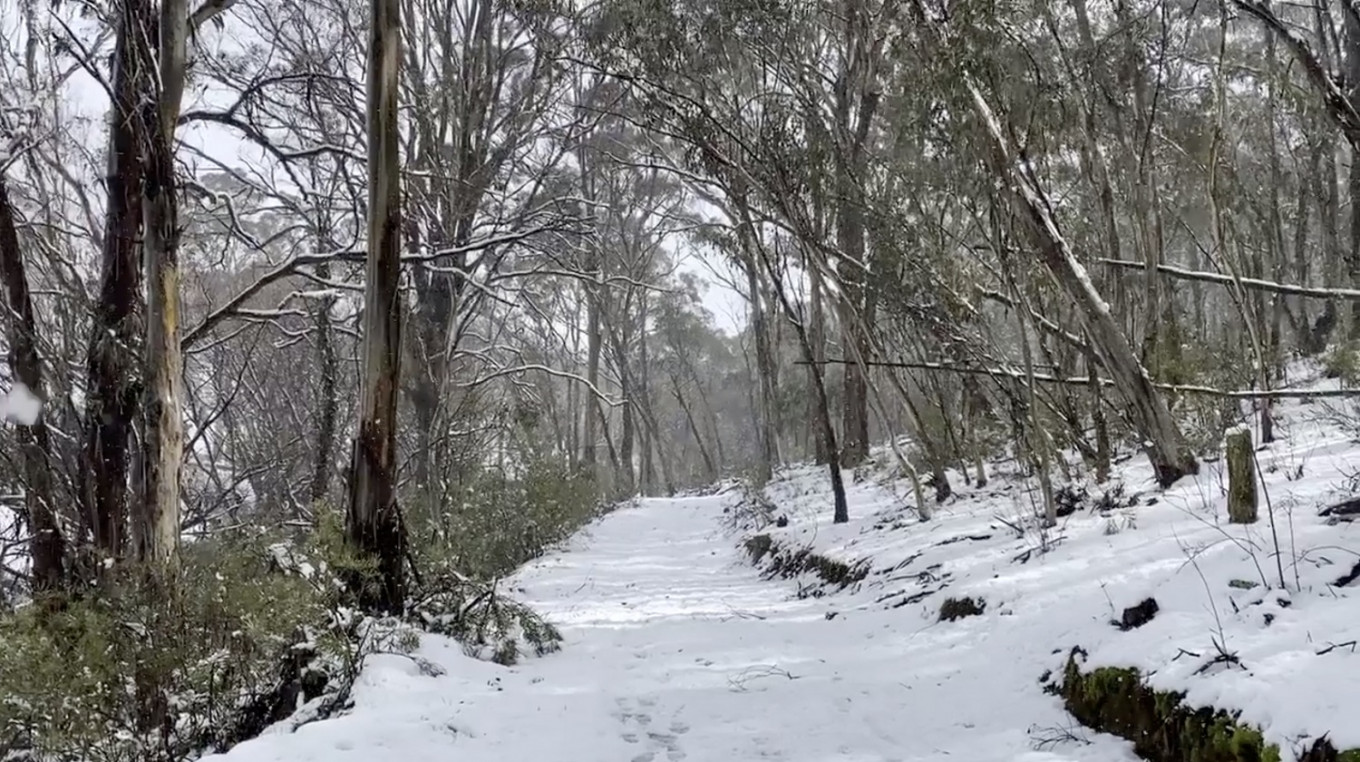The Various Kinds of Snow in Australia and Their Effect On Winter Sports
Australia, known for its sun-soaked beaches, is additionally home to a varied variety of snow conditions that considerably influence winter months sporting activities. Each kind, from the wet seaside snow to the completely dry interior powder, presents one-of-a-kind obstacles and advantages for athletes. An understanding of these variations is essential for those looking for to navigate the Australian inclines, as each calls for various techniques and resilience. The adhering to exploration will review the implications of these snow types on wintertime sports performance.

Recognizing the Characteristics of Different Snow Kinds
While several presume that snow is a homogeneous entity, it is important to comprehend that there are various kinds, each with distinct qualities. In Australia, these variants are especially pronounced due to climatic diversity. Coastal snow, discovered in locations such as the Snowy Mountains, is usually wetter and denser because of high moisture content, making it ideal for snowball battles or building snowmen. On the other hand, the snow discovered in the indoor areas like the Australian Alps is drier and lighter, often contrasted to a cosy powder. These differences in snow type aren't just aesthetic; they dramatically effect winter months sporting activities, determining the convenience of movement, the speed possible, and the level of control called for from professional athletes.
The Impacts of Powder Snow on Snowboarding and Snowboarding
Regardless of its light and fluffy appearance, powder snow in the Australian Alps offers both special obstacles and opportunities for wintertime sports fanatics, especially those engaged in skiing and snowboarding. The forgiving and smooth surface of powder snow also reduces threat of injury during drops, making it a recommended option for severe winter season sporting activities.

The Obstacles and Advantages of Jam-packed Snow in Wintertime Sports
Moving focus from the loose, completely dry powder snow, one more prevalent kind of snow in the Australian Alps is stuffed snow, presenting its very own collection of difficulties and advantages in the realm of wintertime sports. This denser, much more solidified kind of snow supplies a quicker, slicker surface area, benefiting sports like downhill skiing and snowboarding, enhancing speed and precision. The exact same qualities additionally existing challenges. Its difficult surface can be risky, raising the capacity for injuries throughout falls. Managing and navigating turns speed can be difficult on packed snow, requiring higher ability degrees from professional athletes. Regardless of these challenges, packed snow remains an important aspect in lots of wintertime sports, shaping the efficiency and techniques of athletes.
The Role of Damp Snow in Australian Winter Gamings
Unlike the dense, glossy surface area of jam-packed snow, wet snow plays a totally various function in Australian winter video games. Qualified by its high wetness content, wet snow impacts the rate and control of winter season sports individuals. Its heavy, sticky nature can be testing for professional athletes, especially in snowboarding and snowboarding where rate and manoeuvrability are critical. However, its malleability makes it suitable for snow sculpting occasions and for strengthening snow frameworks in sporting activities like snow fort battles. In spite of its mistakes, damp snow introduces an unique dynamic to winter months games in Australia, testing professional athletes' flexibility and strength, and serving as a suggestion of the diverse climate problems they have to be prepared to encounter.

Exactly How Slushy Snow Influences Winter Season Sports Efficiency
Proceeding the expedition of varying snow conditions in Australia, the effect of slushy snow on winter season sporting activities is an additional appealing factor. Slushy snow, arising from warmer temperature levels or straight sunlight, postures distinct challenges to athletes. It lowers rate and needs raised physical effort as the tools sinks into the soft, water-saturated snow. In skiing and snowboarding, slushy conditions can affect the predictability of dives and turns, raising the threat of accidents. For snowmobiling, the machine's efficiency might be impeded as it battles to preserve traction. Thus, slushy snow transforms the wintertime sporting click for source activities landscape, demanding not just increased physical exertion from athletes however additionally a better focus on security precautions.
Adjusting Winter Months Sports Techniques to Numerous Snow Conditions

Verdict
In conclusion, Australia's diverse snow types substantially impact winter months sporting activities performance. Each type, from the slick seaside snow to the drier indoor powder and the heavy, sticky wet snow, presents one-of-a-kind difficulties and advantages.
Moving emphasis from the loose, completely dry powder snow, an additional widespread kind of snow in the Australian Alps is packed snow, posturing its own set of obstacles and benefits in the realm of wintertime sports - Does It Snow In Australia.In contrast to the dense, slick surface of jam-packed snow, wet snow plays a completely various duty in Australian winter months video games. Its pliability makes it perfect for snow sculpting occasions and for fortifying snow frameworks in sporting activities like snow fort fights.Proceeding the exploration of varying snow problems in Australia, the effect of slushy snow on winter season sporting activities is one more fascinating variable. Each kind, from the slick coastal snow to the drier indoor powder and the heavy, sticky wet snow, presents special difficulties and benefits